Based in the beautiful and serene Tasman region, New Zealand, Lower Moutere School is tucked away in a rural area and they pride themselves in providing top class education to all their students and their varying learning needs. The school encompasses students from year 1 to year 8, and within those ages they also have many students with different learning needs or disabilities.
Principal, Chris Bascand, has had plenty of years of experience as an educator, and he is no stranger to innovation and catering teaching methods and learning environments to suit his student's needs. As he walks me around the school, we are impressed by how he knows each student we pass by personally, as well as their learning journey too. He stops by to have an encouraging chat to them about where they're at and checks in on them in a caring manner. He leads the teaching staff in the same way, and as we sit down with them all during morning tea, they all have a positive and shared keenness to enhance the learning environment to better the students educational experience.
This leads us to become curious about why Chris chose to buy a 9 square meter Star SheShed for his school. How does it help the students and what does the school use it for? We sit down with him for a chat and he shares his journey with us:
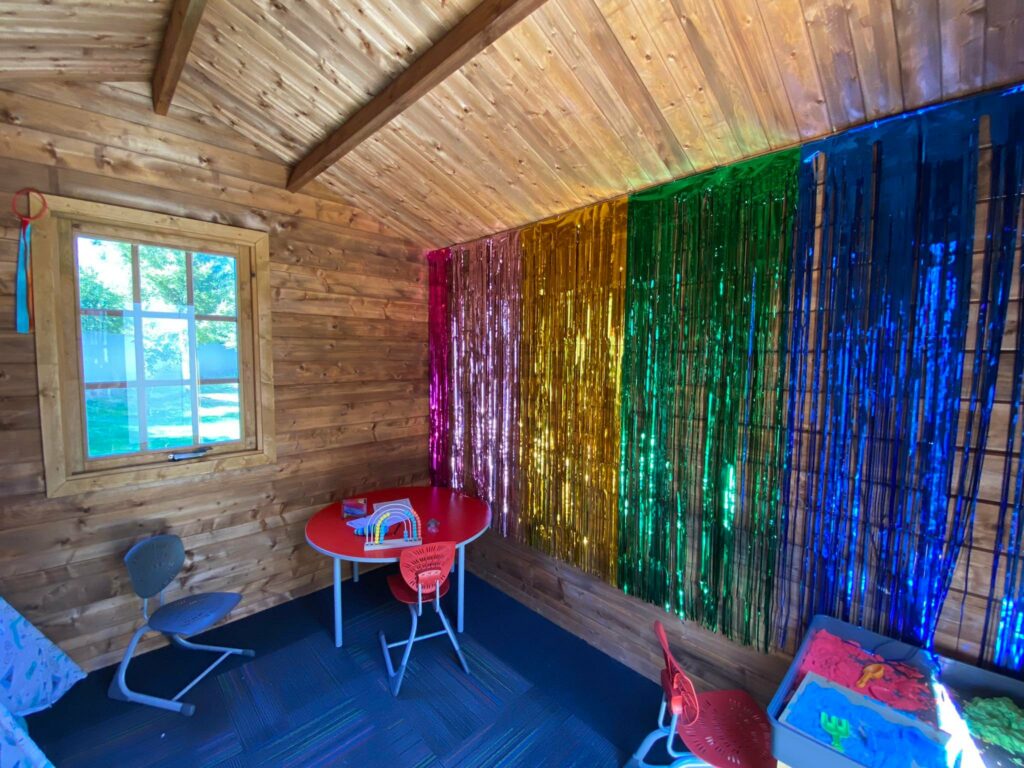
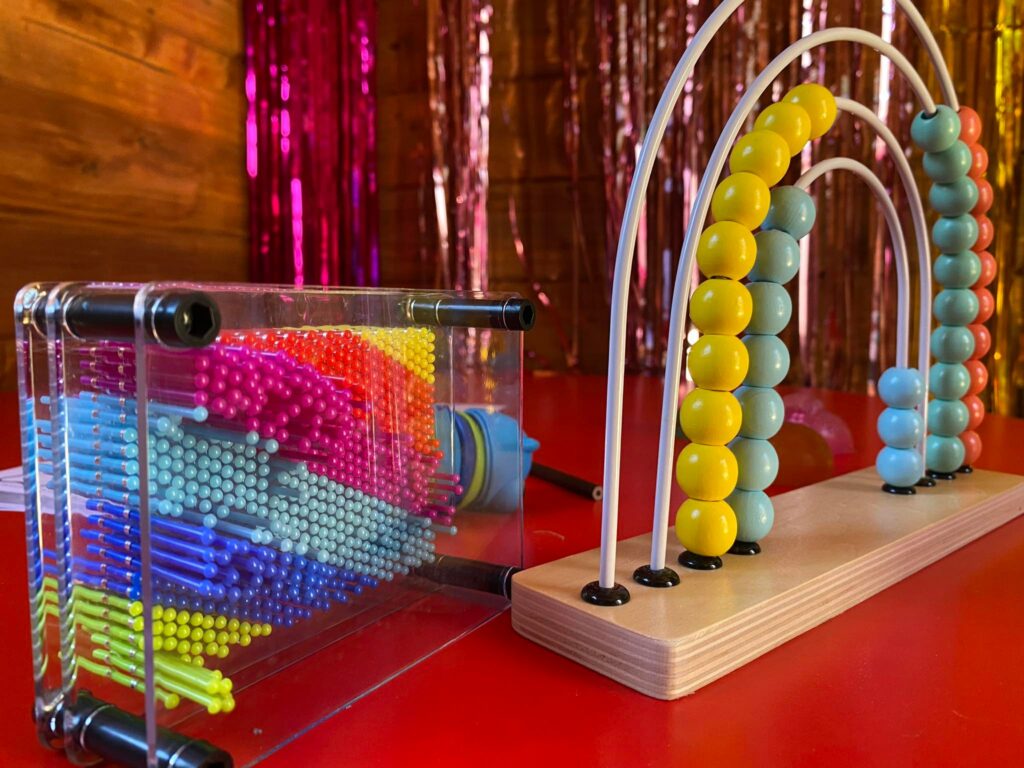
Why did you decide to build a SheShed for your school, and what do you use it for?
"It has been recognised that we have more and more kids coming through with more diverse needs that we just don't fully understand properly enough. But there is a lot of research out there that supports that giving kids a space that allows them to re-regulate themselves is actually quite a useful tool to have - and this coincided with some of our students who required a calming space too. Whether it is half and hour, or an hour that they need in the space, we have noticed that it makes a significant impact on their whole day, as well as a significant impact on everyone else's day. The SheShed helps the students get into a space (mentally and emotionally) that makes them feel safe and gives them a chance to re-regulate themselves in a calming environment. What we have learnt (and also really like) is the natural timber surroundings of the SheShed - it makes the whole area feel warm and welcoming to the students. It also has good acoustics in there, the sound does not echo - it is like the timber absorbs the sound."
How do your students react/interact with the space?
"Surprisingly the students are quiet as they engage with the sensory equipment. They recognise that the space makes a significant difference to them, as do the support staff that look after them. I will actually get you to talk to one of our students about this as he is best to tell you about what he does with the space."
How has the SheShed helped with student learning?
"It makes them calmer and ready to access their emotional and learning goals. Because of the impact the Sensory Space has on them, their attitude changes to make their whole class life positive too. Again, you can have a chat to our students about this and learn about it from their perspective."
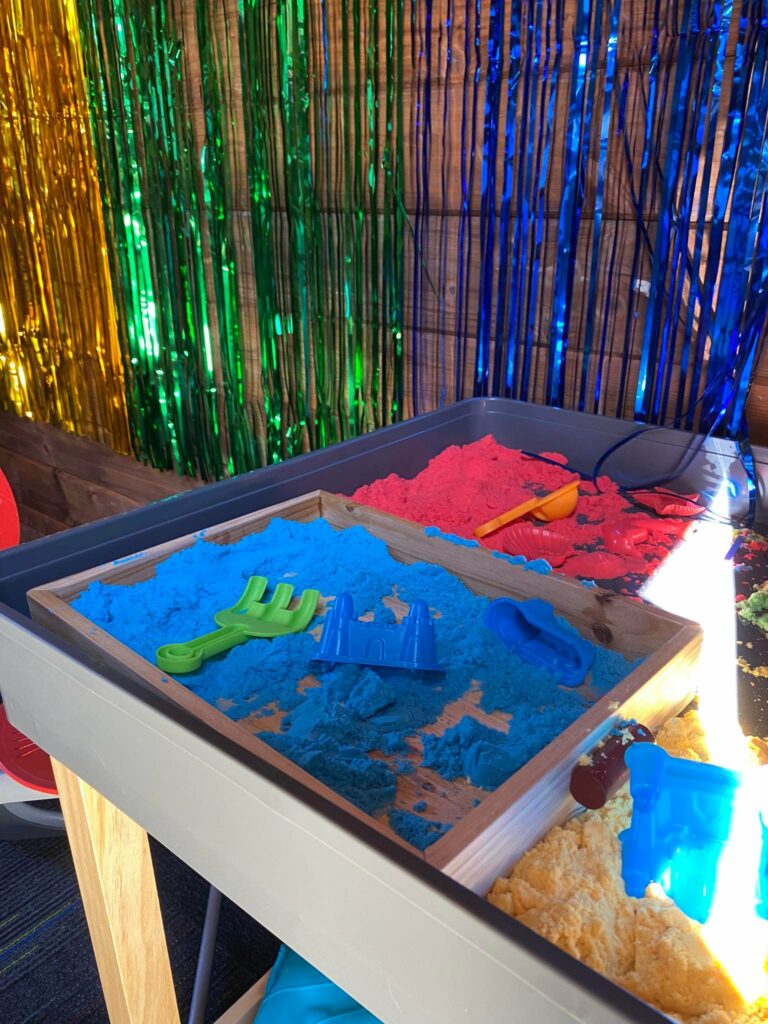
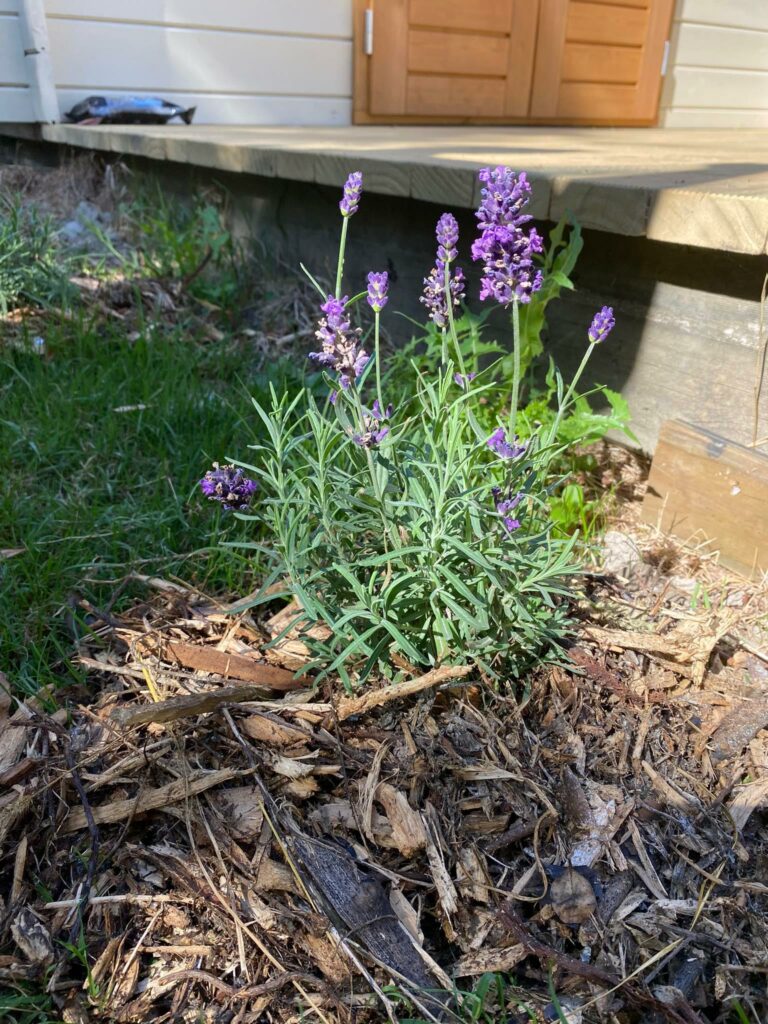
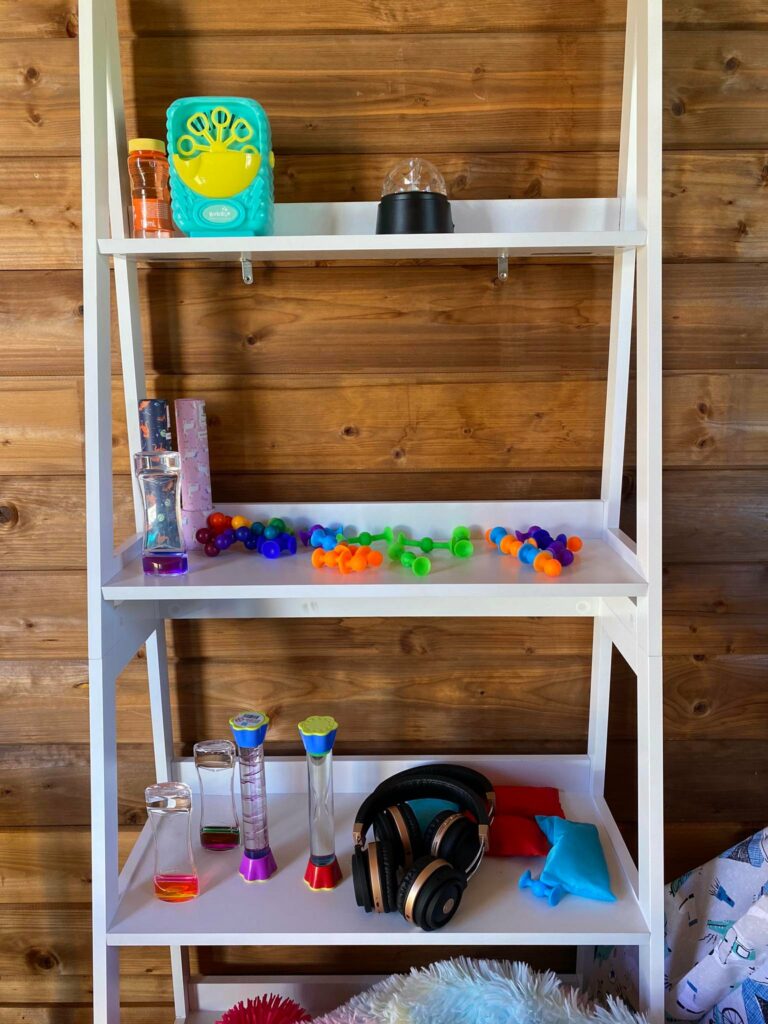
How did the build process go, did you hire a builder or were there volunteers who helped to build it?
"The build process was really easy! Just make sure you watch the build videos as it shows you a few tricks and tips that you need to be mindful of. I actually built the SheShed with a group of senior students and a teacher aide. It took us two days to build. Some of our kids who struggle with more of the writing and reading side of school loved being part of the build for a couple of days and they were very switched on! They unpacked the pallet, sorted out the different bits of timber and worked out the plan and where it was meant to go. They also worked on the base and helped to put it all together. The students also painted the SheShed and we picked the same colour as the school so that it matched the buildings. I taught them how to cut in and do the edges before painting the whole lot. If the kids have a keen interest in building it, why not let them get involved?"
What is your favourite aspect of the SheShed, and what do parents and teachers think of the space?
"We haven't really shared it too much with the whole school community as it is a special place like the reading recovery room or staffroom. I think if I advertised it, we would have all the kids try and bowl on through it! The parents of the kids that have been engaging with the Sensory Space like it, and support what we are trying to achieve. It is even great for kids who have a hard time transitioning to school, as it can be a disruptive and stressful change for some students with learning difficulties or disabilities."
Did you do any fundraising for the space, or were there other funding sources that helped (or could help other schools wanting a similar space)?
"We just saved up for it and paid for it.
We used the savings we had, and because we budgeted, we had a surplus so we just paid for it ourselves. The Ministry of Education gives you a certain amount of money each year depending on the amount of students you have in your school - we always use this money to raise student achievement - that's what it's all about. It is an inexpensive alternative to many other local options, and I was looking at three other places."
Why would you recommend a SheShed to other schools?
"It is a very cheap and easy option for other schools to consider. It is easy to build and is strong, warm and dry. I recommend other schools to use it as a Sensory Space too. It is a great natural building that makes for a really good feel!"
Can you tell us about your experience working with the SheShed team? Was there anything we could change to make the process easier for future customers?
"Like I said, I was looking at three other places for a Sensory Space for our school. One place simply did not come to help me and the customer service was non existent. Other places were too expensive (almost double the price, and they did not have immediate availability for when we needed the Sensory Space). I then walked into the SheShed office in Nelson and the service just blew me away. Lizzie from the sales team couldn't of been more helpful as she showed me all the options, sizes and took the time to show me through the display cabins too. She showed me all the different plans, availability times, insulation, treatment options, and the best place to put it. Then we started talking about the purpose of the SheShed and how the one on display could help with what I was trying to achieve with the students. I came back to school, had a bit of a think about it, measured the space and went back and bought the Star Cabin. I liked how she was someone who was not just out there to get the sale - I looked at larger cabin and a monopitch cabin with her too, but she saw that it may not have worked for what I wanted. Also, the monopitch cabin echoed on the inside because of all the glass - so it was nice to see all the options to find the best fit."
After our sit down chat, Chris introduces us to Liam* - a very excited and friendly student who is keen to show us through the Sensory Space and tell us how the SheShed has impacted positively on his learning experience. He has some learning difficulties, but he is not diagnosed as such yet. Chris does not let this get in the way of helping Liam. "We just take him as he is and we know how he ticks and what he needs without sticking a label on him."
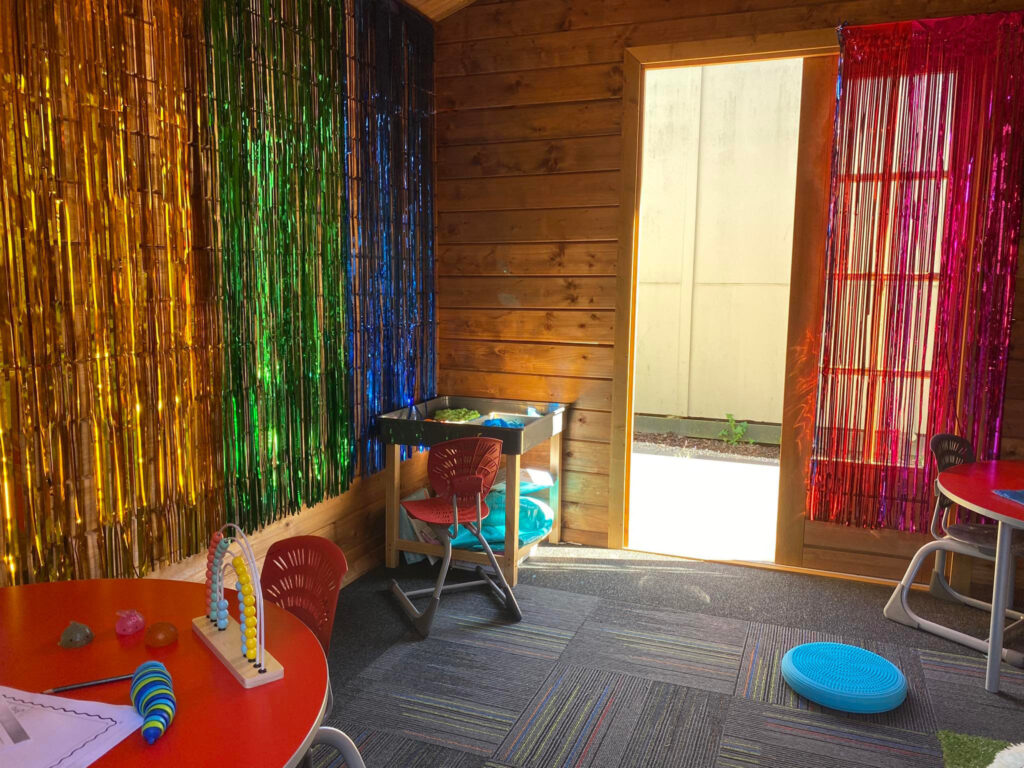
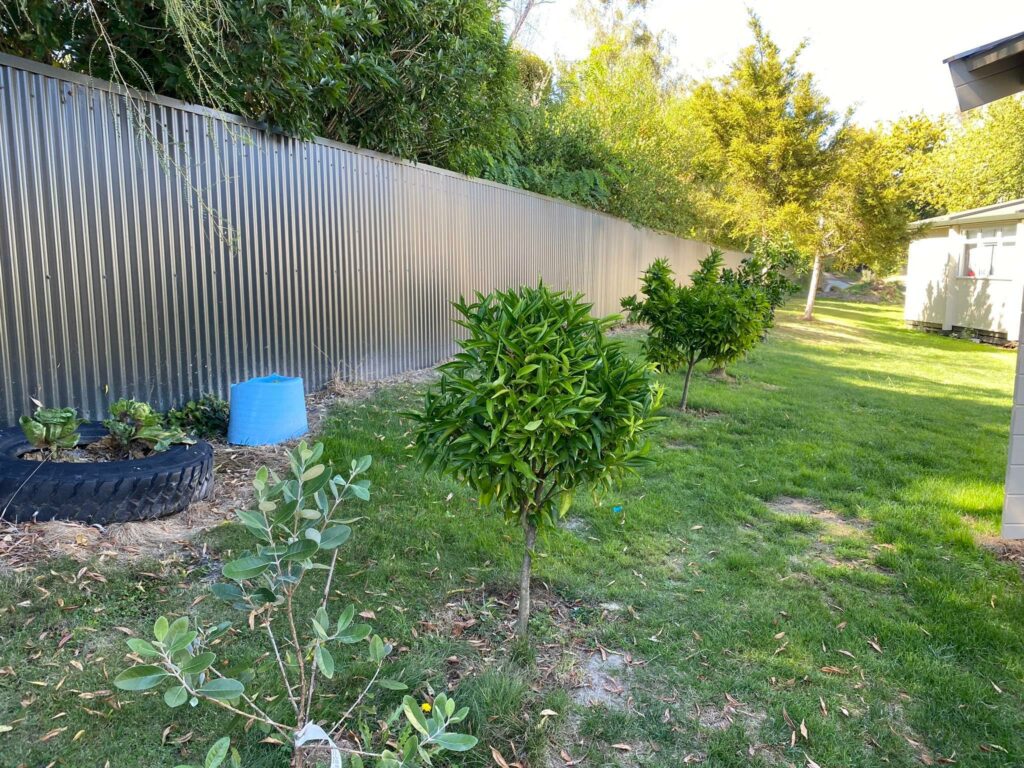
Hey Liam! Can you show us what you do when you come to use the Sensory Space?
"I play with everything and my favourite thing here is the sandpit. I come here when I feel upset. I feel really great when I am in here because I can come here to play with stuff and calm down. It means I have a really good day after that! Normally, if I got upset in class I would get really frustrated. It is easier for me to calm down now."
Did you help to decorate the space at all?
"I helped Mr. B (Chris) to put the sand in the concrete."
What are the rules for coming into the Sensory Space.
"You can come in when you are upset and/or angry. You also need to tidy up after yourself so that it is nice for the next person who needs to use it. You can call a teacher aide to come in with you if you need help. You need to politely ask a teacher or teacher aide to use the key to get into the Sensory Space if you need to use it - but it is not a place for us to have a party with our friends!"
Chris talks to Liam about how when someone is upset, they can come into the room to use their senses - see, hear, look, smell and feel. When we are angry we do not see or hear much and sometimes it can feel like there is a volcano inside you. When you engage your senses, it helps to re-regulate your emotions and come to a state of calm. Liam agrees and says the sand pit makes him feel calm and happy. He even once made a sculpture of the Taj Mahal for Mr. B!
*Student's name has been changed to Liam for privacy purposes.
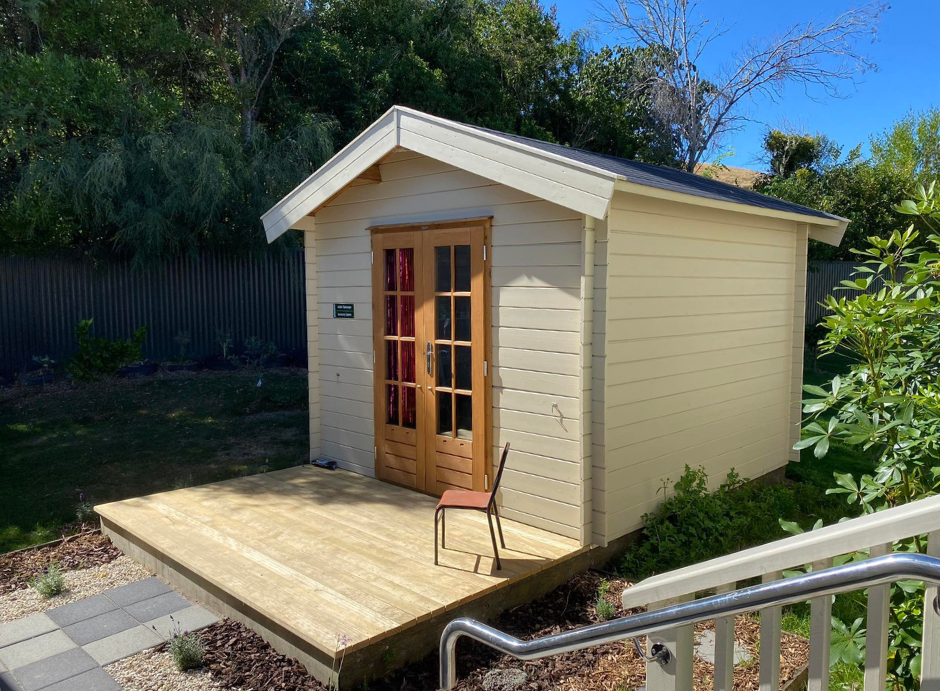
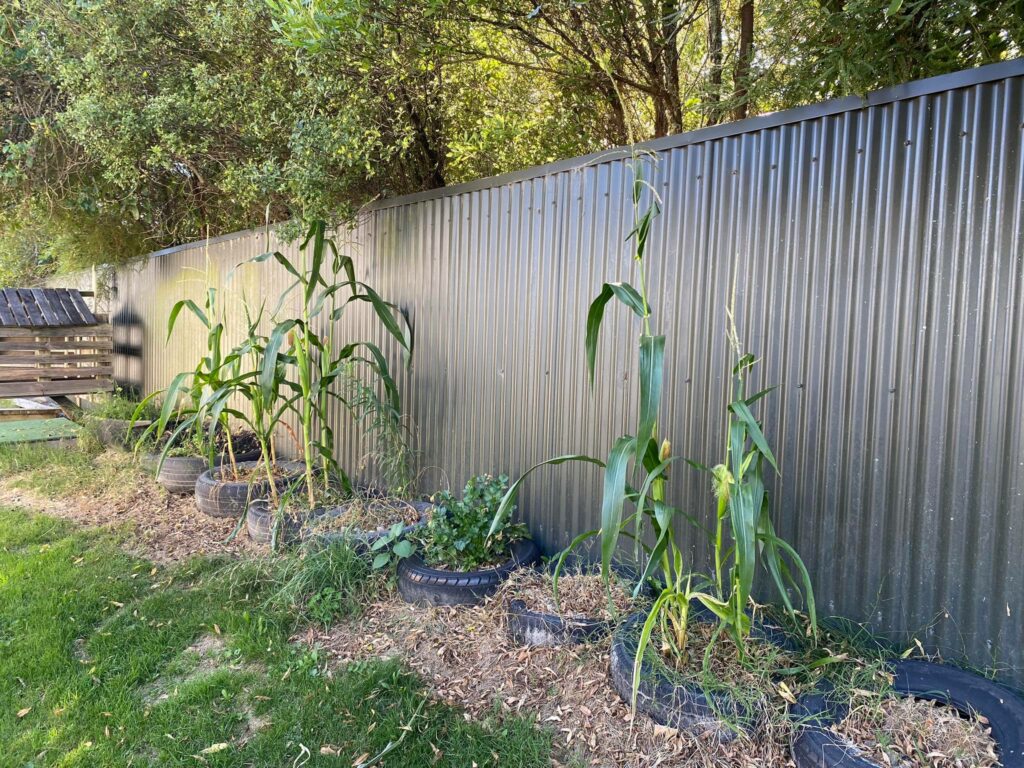
Lastly, Chris, can you tell us about this beautiful growing garden around the Sensory Space?
"The sensory part of the space is not just indoors, it is around the whole area. We planted some sensory plants directly around it - all different textures and smells. We have some soft tufts of mosses, lavender, rosemary and some other great plants too. The kids have also helped to plant the fruit trees along the back as well as the garden at the back. Where the kids are interested in doing a project, we help them achieve their goal. We currently have a few senior students wanting to plan and plant a larger gardening area - so they are in the stages of preparing the space and getting quotes from Mitre 10. It is all about learning valuable skills at the end of the day."
We had such a great and inspiring time learning about the Sensory Space at Lower Moutere School with Chris Bascand. He is certainly leading the way for catering a safe emotional and mental learning space for children with varying learning requirements and skills. We are impressed with how many students have also been involved with the build and have had fun learning during the process. We cannot wait to see what Chris and his school gets up to next!
For schools or organisations who want to look at some funding options independent of the Ministry of Education, the Rata Foundation can be a place that can provide funding for schools that need a space for students with learning difficulties or disabilities. They strive to give New Zealanders support where they need it and help them realise their potential through learning and cultural connectedness.
Learn more here: https://ratafoundation.org.nz
Are you interested in getting a SheShed for your school to help with your students' learning?
Contact us on 0800 626 500 today to learn about your options and how we can help with making your SheShed goals a reality!
$11,750
$14,600
$24,400
$27,950
2024
SheShed Australia & New Zealand. All rights reserved.